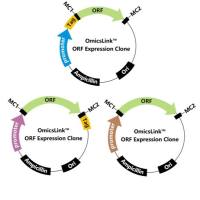Zebrafish as a Simple Vertebrate Organism for Epilepsy Research
互联网
535
For many years, scientists have developed animal models of epilepsy to study specific aspects of the human condition. Rodents are the species of choice in the vast majority of these studies. In a departure from these rodent-centric models, we here describe zebrafish (Danio rerio ), a genetically tractable vertebrate that is particularly well suited to epilepsy research. Zebrafish do not possess the complex central nervous system we have come to expect in other animal models and will never be mistaken for miniature versions of the complex mammalian brain. Nonetheless, the nervous system of this “simple” vertebrate is comprised of individual elements (glutamatergic excitatory neurons and GABAergic inhibitory neurons, for example) that we routinely study as critical to the generation of abnormal electrical discharge in all higher species. In electrophysiological and behavioral studies, we have shown that seizures elicited by acute convulsant treatment (i.e., pentylenetetrazole, PTZ) or knockdown of zebrafish homologs for human genetic epilepsy disorders (i.e., tuberous sclerosis complex, TSC) reliably evoke seizures in developing zebrafish. Using tectal or forebrain recordings, we also show that this epileptiform activity is sensitive to well-established antiepileptic drugs (many initially identified in rodents). Overall, our studies highlight two important aspects of this model: (i) electrical features reminiscent of mammalian seizure syndromes can be reproduced in zebrafish and (ii) zebrafish may be useful in an antiepileptic drug-screening strategy. Given the untapped potential for high-throughput drug discovery, analysis of genetic forms of epilepsy, or large-scale mutagenesis screens to identify novel seizure-modifying genes, zebrafish could provide an essential tool for understanding (and treating) epilepsy.









